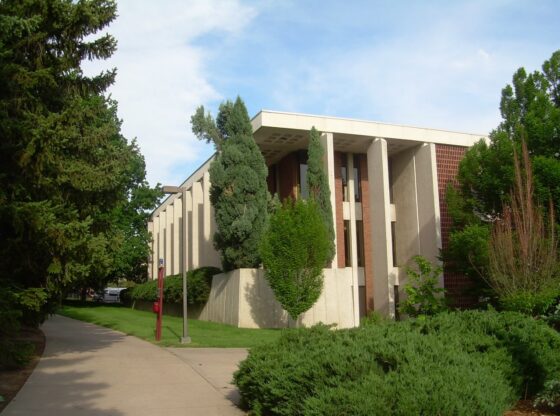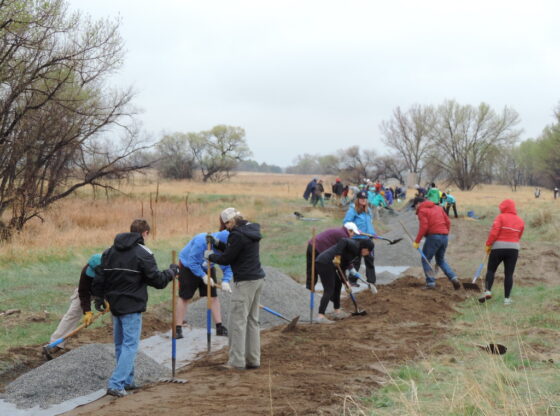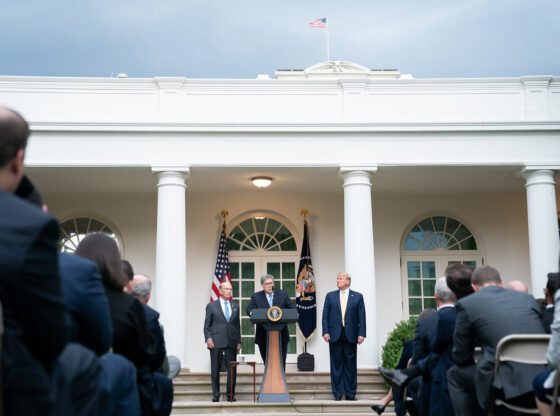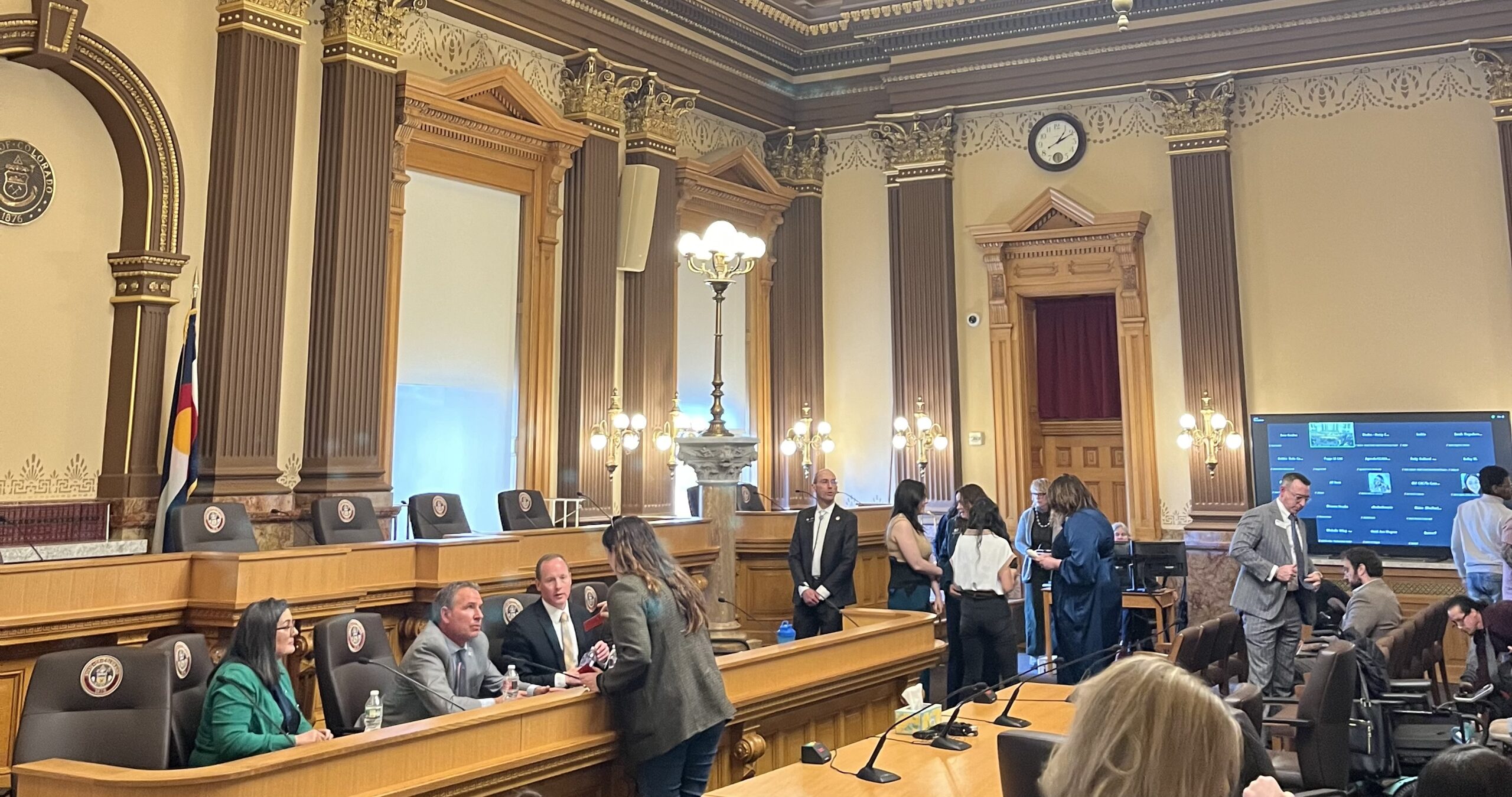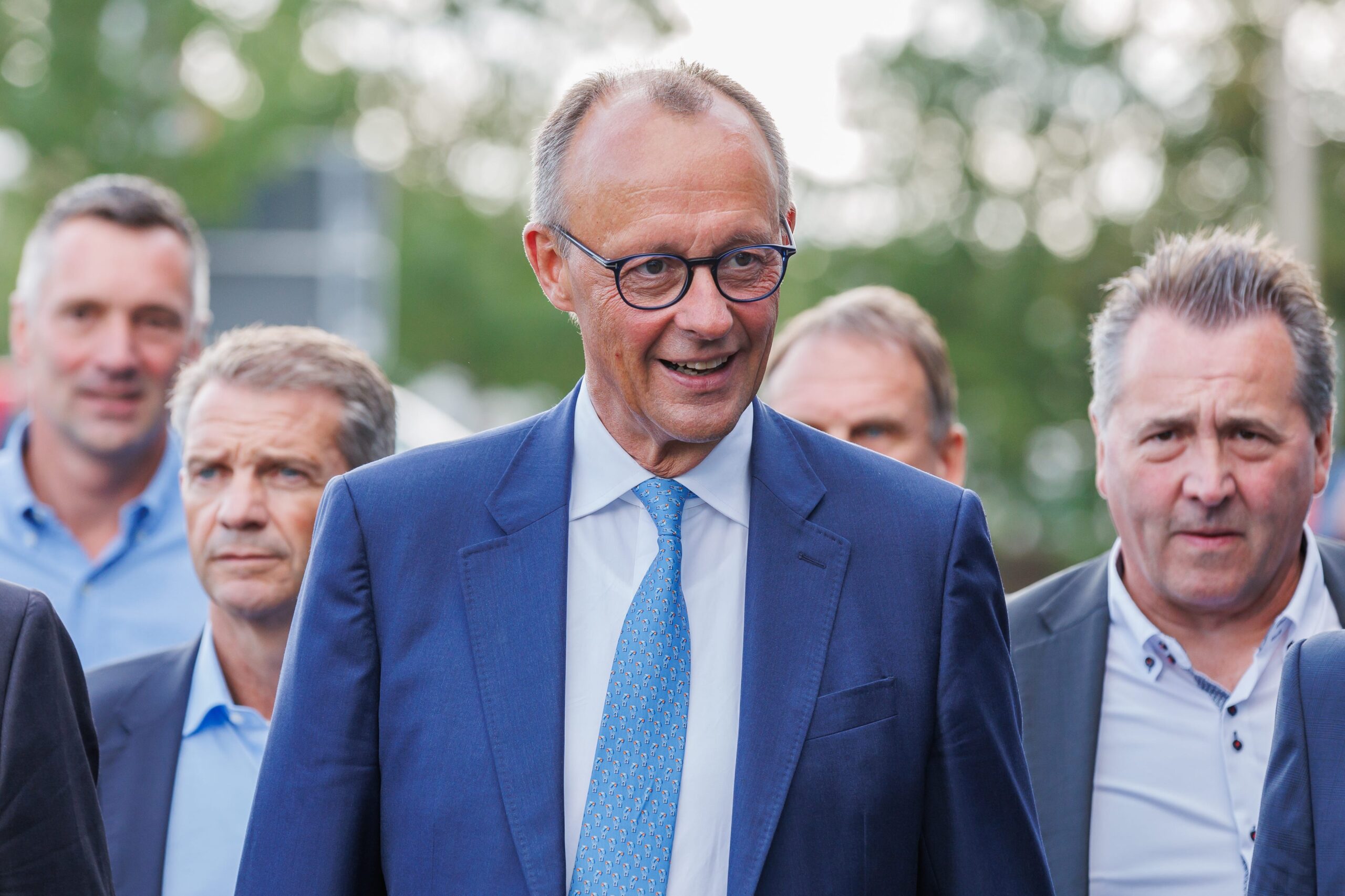DU held its second TEDxDU conference, a gathering of leading thinkers and doers to demonstrate “radical collaboration,” on Friday, May 13. An audience of over 900 formed to view the more than 15 speakers and four musical performances at the main event in Gates Hall at the Newman Center for the Performing Arts. At TEDxDU Active, a watch party held in the Driscoll Ballroom, attendees enjoyed a live online stream that was broadcast worldwide. Speakers from the DU community included the dean of Korbel, Christopher Hill, and slam poet Jose Guerrero.

Temple Grandin, neuroscientist and education specialist who is partnering with the Morgidge College of Education, described her struggles as a visual thinker in an educational system where mathematical analysis edges out creativity. She has spent her life labeled “autistic” and “oppositional/defiant,” yet today she emphasizes that “quirky, nerdy kids are the future” and that educational systems must reach out to them in middle school, because high school is too late.

With TEDx starting as an experiment just two years ago, it has become a “personal, powerful and passionate” way to bring leaders to facilitate discussions, ideas and inspiration internationally. As the head of TEDx and director of licensing, Lara Stein is responsible for the beginning of a new approach to education with “unique voices bubbling up, we hope to bolster a belief in human potential.”

While jogging in the spring of 1984 with her dog, Ramona Pierson was struck by a drunk driver, sending her into an 18-month coma. Pierson broke 104 bones, suffered brain trauma, a collapsed lung and was left blind. Recovery presented a multitude of challenges, as she had to re-learn how to speak, eat and walk. Yet, in spite of her obstacles, with the help of “extreme radical collaboration,” she went on to regain her vision, earned two masters degrees, a PhD, her teaching and administrative certificates and has acquired a number of awards in the social and psychological sciences. Currently, she is researching “how learning happens” and working to personalize and customize teaching.

Lacey Jai Henderson, a senior Spanish major on a cheerleading scholarship, showed off her prosthetic leg, which helps her walk and perform athletically. She lost her limb to chemotherapy at age nine. Henderson is vying for a spot as a pole-vaulter on Team USA in the London 2012 Paralympic Games. After sharing her story, Henderson introduced Eythor Bender, CEO of Berkeley Bionics.

Bender was inspired to help ordinary people in wheelchairs after facilitating athletic pursuits for amputees. Bender’s company collaborated with UC Berkeley and Craig Hospital in Denver to create eLEGS, a device that allows people with spinal injuries to walk, by moving the leg-like technology with the movement of a crutch. Bender introduced one of their first test pilots, Amanda Boxtell, a Colorado native who had not walked for 19 years prior to testing the eLEGS. Boxtell told listeners that she dreamed of the “ordinary” things like reaching items on the top shelf in the grocery store. Boxtell had pursued athletic activities such as skiing and paragliding before walking with the eLEGS. She asked audience members to imagine paralysis, stating that the psychological effects of the eLEGS were the most powerful of all.



